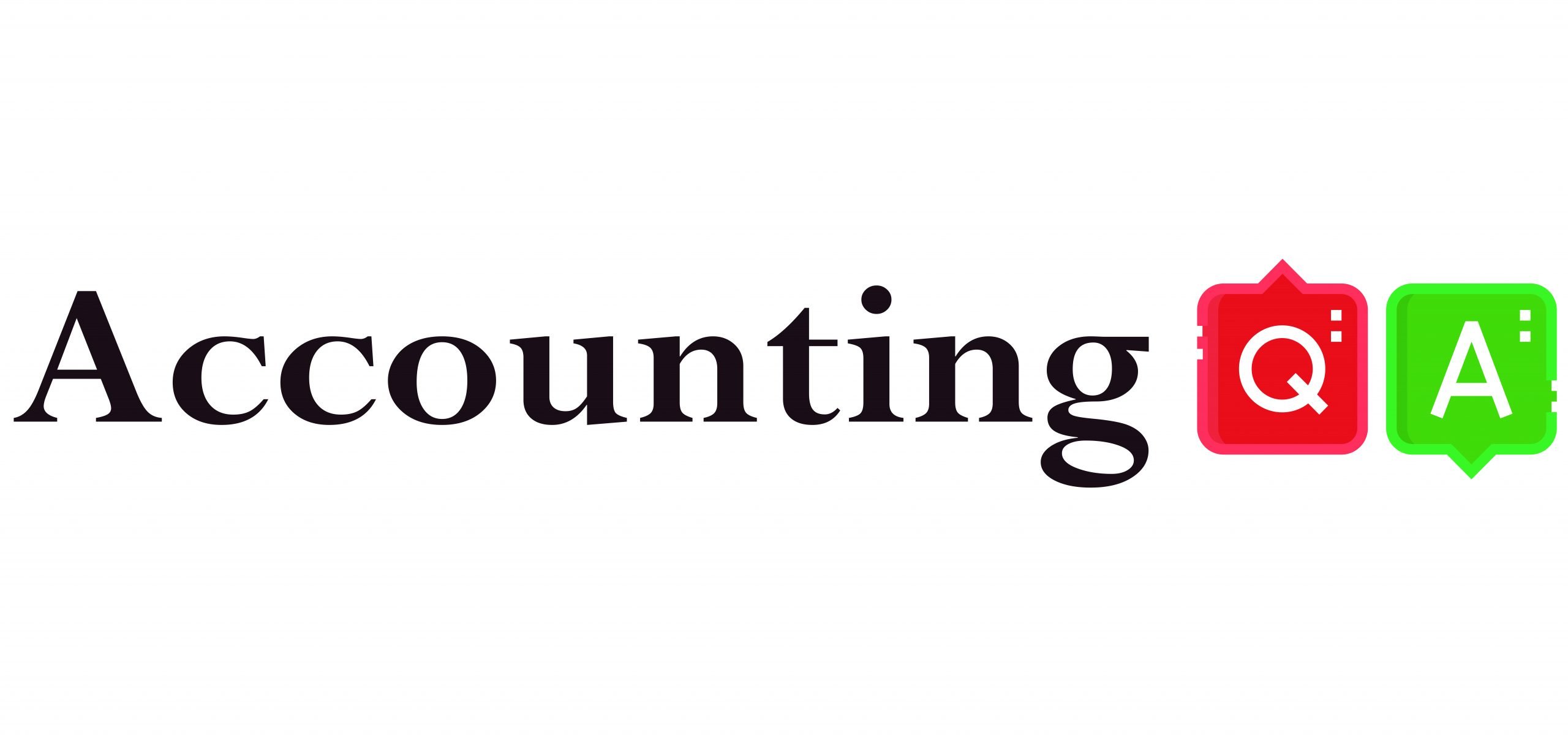Yes, Accounts Payable can have a Debit balance. Accounts payable is a liability and thus, has a credit balance but can have a debit balance in case the creditor is overpaid or when there is purchase return (for already-paid goods) ACCOUNTS PAYABLE Accounts payable refers to all short-term liaRead more
Yes, Accounts Payable can have a Debit balance. Accounts payable is a liability and thus, has a credit balance but can have a debit balance in case the creditor is overpaid or when there is purchase return (for already-paid goods)
ACCOUNTS PAYABLE
Accounts payable refers to all short-term liabilities of the business that are to be paid. These are usually paid within a duration of 90 days. It includes both Trade payable (goods and services purchased on credit) as well as expenses payable (used but payment not made yet) like rent payable, electricity bill, etc.
Businesses cannot make every payment on the spot. There can be cases when the business is facing a shortage of funds, can have funds but doesn’t have enough cash (or liquid funds) to make payment or simply doesn’t want to make payment on the spot to reduce its capital requirement.
So, like us businessmen also purchase goods on credit or use services for which payment is to be made soon. All these are liabilities for the business.
However, they must be related to the business to be considered as accounts payable.
DEBIT BALANCE OF ACCOUNTS PAYABLE
Debit balance of accounts payable means money owed by others. There is Debit balance when
OVERPAYMENT is made to the creditors or the supplier. It happens when the wrong amount is paid or payment is made twice for the same transaction.
Suppose you need to pay $10,000 as rent within 30 days. After 25 days you mistakenly made a payment of $12,000.
In this case,
- Firstly, you will record the transaction by crediting Accounts payable (as liability increased) by $10,000
- When payment is made after 25 days, Accounts Payable is debited by $12,000 (as liability decreased)
- So, there will be a debit balance of $2,000 (which means the creditor owes you) till the creditor returns the excess amount.
PURCHASE RETURN of already paid goods also result in debit balance of Accounts Payable.
Suppose you bought goods worth $50,000 from Mr A on credit and paid for the same. Later, you returned all the goods because they were defective. Now, there will be Debit balance of Accounts Payable till there is a full refund of $50,000 by Mr A.
How is Accounts Payable Treated Normally?
Accounts Payable are the current liabilities of the firm and are shown under the head Current Liabilities in the Balance Sheet. Its liability, thus has a credit balance which represents the amount owed by the firm to others. It is credited when increases and debited when decreases.
For example – Suppose you purchased goods worth $30,000 and agreed to pay after 30 days. So, Accounts payable will be credited by $30,000 and purchases will be debited by $30,000.
Purchases A/c – $30,000 (debit)
To Accounts Payable A/c – $30,000
After 30 days payment is made in cash, which means the liability decreased. So, Accounts Payable A/c will be debited.
Accounts Payable A/c – $30,00
To Cash – $30,000
See less
Realisation account A realisation account is a nominal account prepared at the time of dissolution of a business. All the assets and liabilities except cash and bank balance are transferred to the realisation account. A realisation account is prepared to calculate the profit or loss on the dissoluRead more
Realisation account
A realisation account is a nominal account prepared at the time of dissolution of a business. All the assets and liabilities except cash and bank balance are transferred to the realisation account. A realisation account is prepared to calculate the profit or loss on the dissolution or closing of the firm.
All the assets are transferred to the debit of the realisation account and all the liabilities are transferred to the credit of the realisation account. When assets are sold, Cash A/c is debited and Reliastion A/c is credited and when liabilities are paid off, Cash A/c is credited and Realisation A/c is credited.
If the credit side exceeds the debit side of the realisation account, it results in profit. In contrast, if the debit side exceeds the credit side of the realisation account, it results in a loss. in case of profit, the Capital account is credited and in case of loss, the Capital account is debited.
Credit side of realisation account
Liabilities A/c Dr…..
To Realisation A/c …..
(All the liabilities transferred to realisation account)
Provision A/c Dr…..
To Realisation A/c …..
(All the provisions transferred to the realisation account)
Bank A/c Dr…..
To Realisation A/c …..
(Asset sold for cash)
Capital A/c Dr…..
To Realisation A/c …..
(Being loss transferred to the capital account)
The debit side of the realisation account
All the assets including Land and building, Plant and machinery, furniture, stock, debtor and investment are transferred to the debit of the realisation account and payment of outside liabilities is also recorded on the debit side of the realisation account. Payment made for dissolution expenses is also recorded on the debit side of the realisation account.
Format for realisation Account is as under:
See less